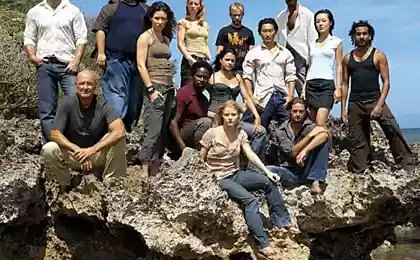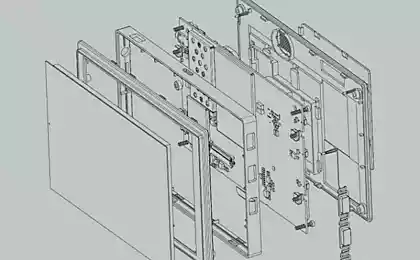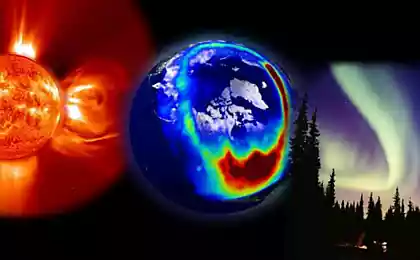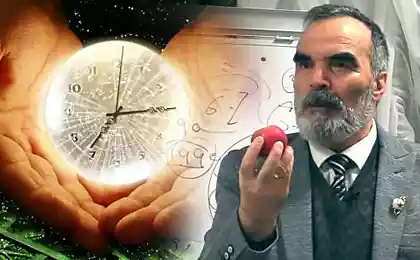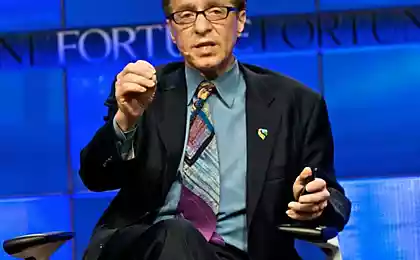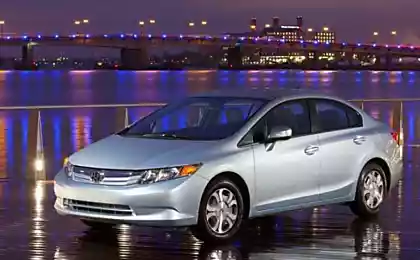560
10 incredible futuristic predictions of the past
Every year we see the emergence of many technological improvements, developments, breakthroughs that make — that soul twist — our lives better. And every year people keep trying to predict how these developments will change our future. But predicting the future is very difficult, almost impossible. Although people of the past were able to guess some things — for example, self-driving cars and advanced communications — some of their predictions never came true.
The house will cost $ 5,000 and stand just 25 years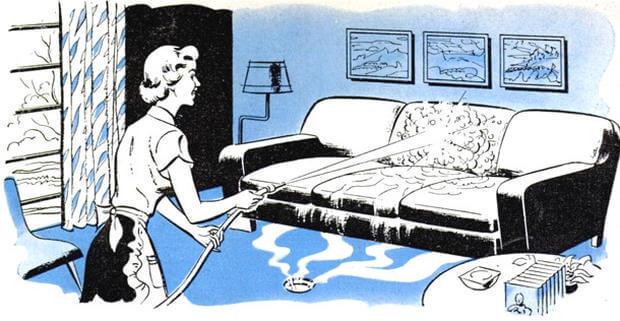
In 1950, Popular Mechanics published an article titled "Miracles you'll see in the next 50 years." The article put forward the suggestion that building materials — wood, brick, stone will become too expensive to 2000. Instead, houses will be built of metal, plastic sheeting, and soda clay.
To date, these houses were supposed to be cheap (only $ 5,000) and resistant to weathering. Also, they were destined to stand only 25 years old, because there is no sense to build houses that will stand for centuries.
Household appliances had to be minimal. For example, it was thought that the dishes will be placed in the sink and dissolve in superheated water at a temperature of 121 degrees Celsius. Plastic is made from cheap raw materials: fruit seeds, soybeans, straw and wood pulp. Believed that sawdust and ground wood pulp will be converted into sugary foods, and underwear to candy.
A loaf of bread will cost $ 8
In 1982 in a book called "the Universal almanac future" predicted that "by the year 2000 most Americans will experience a new prosperity." The rapid development of computers, genetic engineering, as well as the scope of services was to lead to changes in lifestyle and economic growth.
But the authors also believed that the prices of common food commodities will increase dramatically. For example, a loaf of bread was worth 8 dollars (about 500 rubles), and a pound of coffee — $ 25 (1500 rubles).
It was also envisaged that the average salary will grow. In 2010, the secretaries had to pay 95 000 dollars a year, and factory workers — $ 200,000 per year ($95 or 6,000 rubles per hour). Of course, these predictions belonged to America, but who would fifty years ago know the current geopolitical situation?
Russia and Alaska are connected by a dam
In 1960, the Soviet Union released a film called "In 2017". It describes a day in the life of a boy named Igor and his adventures in a futuristic Moscow. In the film, Russia is preparing to celebrate 100 years of the 1917 revolution. The Western "imperialists" have been defeated, the Yenisei river and the Ob river flow into the Caspian sea, not the Arctic ocean and through Bering Strait dam was built, linking Russia with Alaska.
In the Northern regions of the Soviet Union successfully built an ice city, and the eternal spring makes everyone's life joyful and happy. Heat is obtained from the depths of the Earth through underground channels made of heat-resistant steel, which goes directly to the sources of eternal power.
Submarine hotel for lovers of water sports
In 1964, Isaac Asimov, one of the most famous science fiction writers of the 20th century, visited the world fair in new York. Inspired by this visit, he published an essay in The New York Times, telling how the world will look in 50 years.
Asimov believed that in 2014 will begin the colonization of the continental shelves. Underwater hotels and apartments are a popular accommodation option among those who love water sports. Underwater accommodations will also encourage more efficient use of ocean resources, food and mineral.
Asimov thought that the suburban underground house, protected from the weather, with good air conditioning and lighting, are more common.
In space, floating plants, and cancer defeated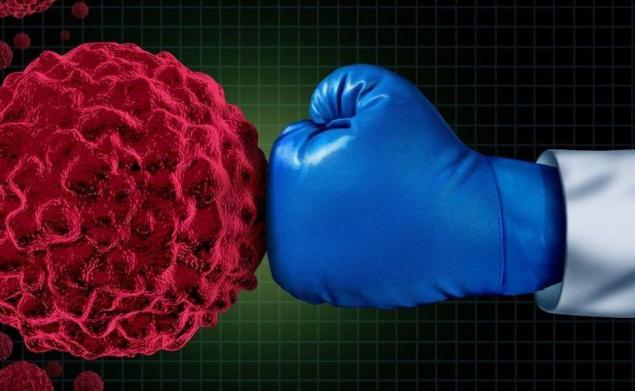
In 1983, the Agency for science and technology in Tokyo interviewed 2,000 experts on the subject of what could be a life, if "all the new technology and innovation suddenly materialized like magic". Some predictions were very accurate, for example, that an ordinary house will receive all kinds of information, through the development of digital communication networks.
Other events went very wrong. For example, experts had predicted that factories and experimental laboratories will float in space in 2010, taking advantage of the lack of gravity and creating medicines, alloys and other substances directly into orbit.
The experts also believed that diseases such as cancer, apoplexy of the brain and heart disease will be vanquished forever.
Nails and hammers will replace the magic glue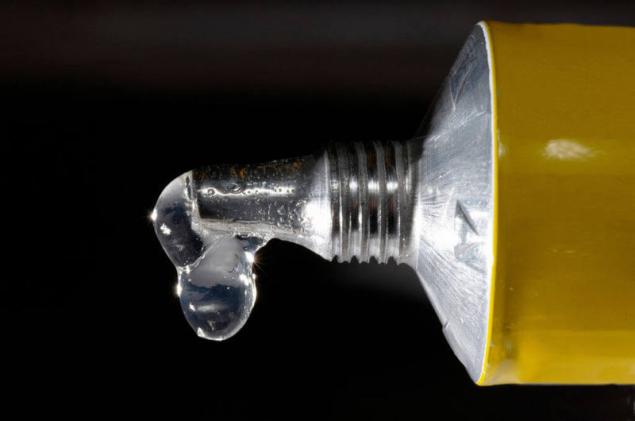
In 1960, the American magazine The Weekly undertook to describe how people imagine life in 10 years. Their predictions for the future of the houses was particularly funny, although absolutely incorrect.
People thought that the houses have roofs that automatically changes colors. These roof on warm days will become more bright colours, cold days make dark color to retain heat inside the house.
It was also believed that the nails and hammers will be replaced with superglue, but not the same to which we are accustomed today. Futuristic drop of this glue on a bar of iron will withstand the "car with four passengers".
Mosquitoes and flies will die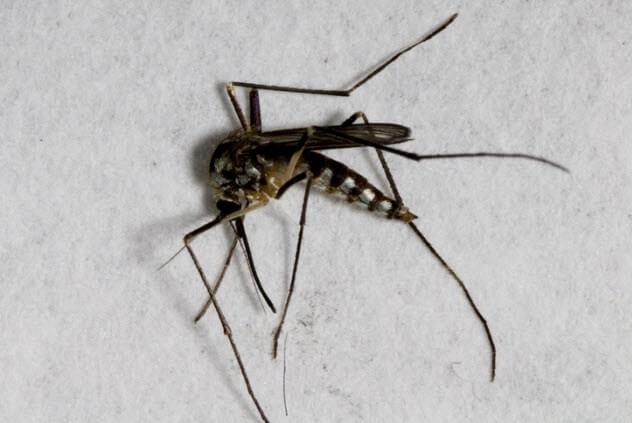
In 1900 the Ladies Home journal published an article by John Elfreth Watkins, Jr. titled "What may happen in the next 100 years." The article was eerily accurate in some predictions, like mobile phones and ready meals, but not so accurate in others.
The article, for example, a mistake that mosquitoes and flies will be virtually destroyed. Allegedly, the Ministry of health of all countries would destroy all the refuges and spawning grounds of mosquitoes drain all stagnant pools, to fill all the swamps and chemically treat all water.
Remarkably, the author also believed that everyone will be able to complete 16 miles and not wince. And who will not will be considered weak.
Motorcycles will replace the flying bikes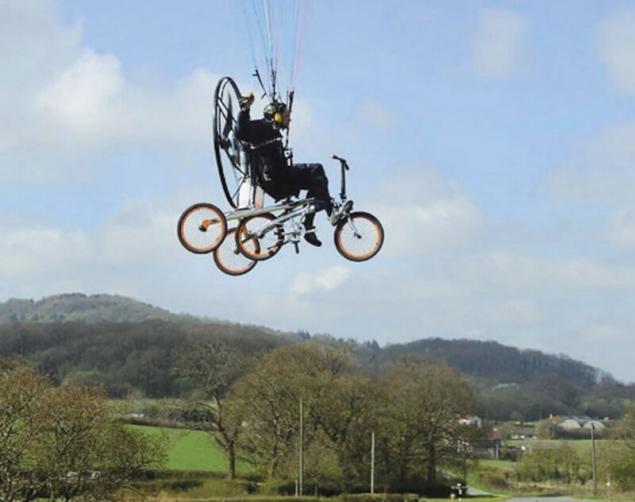
In 1909 The New York Times interviewed French occultist Henri Antoine Jules-Bois on the subject of his vision for the future. "The philosopher-prophet" predicted that motorcycles and cars will be forgotten in 100 years, and they will replace the flying bikes, allowing citizens to travel by air.
Bois also believed that in the cities no one will live at night. The city will relate to business. As a result, all prefer to live in the countryside or in urban gardens. Bois believed that the flying bikes, flying cars and pneumatic Railways will eventually become so widespread that the question about the time of moving will be completely irrelevant when choosing a home.
Highway in desert areas will be air conditionedIn 1950 in one of the shows of the series "Disneyland" and showed how the transportation and highways will change over time in America.
It was predicted that multicolored bus system will allow drivers to easily get to your destination by simply following the color bar. Heat will keep road surfaces dry during rain, sleet and snow. In hot dry areas the roads will be air-conditioned.
The tunnels will be created using nuclear reactors, which will apply high temperatures to the mountains, instantly melting solid rock. Giant rollers will instantly transform coarse soil wide ready highway, instantly, and insurmountable barriers and the rock will be equipped with escalators.
Airports-skyscrapers will transport passengers between the cities
In the 1920's, some people believed that skyscrapers airfields would be the perfect way to carry passengers between cities. People imagined runway that stretches between multiple buildings or played with the edge of the skyscraper.
One architect was so inspired by this idea, proposed to build a giant table with skyscrapers-with the legs and place the upstairs landing area. There were other suggestions. However, you can give them a little more time? published
Source: hi-news.ru/technology/10-neveroyatnyx-futuristicheskix-prognozov-proshlogo.html
The house will cost $ 5,000 and stand just 25 years

In 1950, Popular Mechanics published an article titled "Miracles you'll see in the next 50 years." The article put forward the suggestion that building materials — wood, brick, stone will become too expensive to 2000. Instead, houses will be built of metal, plastic sheeting, and soda clay.
To date, these houses were supposed to be cheap (only $ 5,000) and resistant to weathering. Also, they were destined to stand only 25 years old, because there is no sense to build houses that will stand for centuries.
Household appliances had to be minimal. For example, it was thought that the dishes will be placed in the sink and dissolve in superheated water at a temperature of 121 degrees Celsius. Plastic is made from cheap raw materials: fruit seeds, soybeans, straw and wood pulp. Believed that sawdust and ground wood pulp will be converted into sugary foods, and underwear to candy.
A loaf of bread will cost $ 8

In 1982 in a book called "the Universal almanac future" predicted that "by the year 2000 most Americans will experience a new prosperity." The rapid development of computers, genetic engineering, as well as the scope of services was to lead to changes in lifestyle and economic growth.
But the authors also believed that the prices of common food commodities will increase dramatically. For example, a loaf of bread was worth 8 dollars (about 500 rubles), and a pound of coffee — $ 25 (1500 rubles).
It was also envisaged that the average salary will grow. In 2010, the secretaries had to pay 95 000 dollars a year, and factory workers — $ 200,000 per year ($95 or 6,000 rubles per hour). Of course, these predictions belonged to America, but who would fifty years ago know the current geopolitical situation?
Russia and Alaska are connected by a dam

In 1960, the Soviet Union released a film called "In 2017". It describes a day in the life of a boy named Igor and his adventures in a futuristic Moscow. In the film, Russia is preparing to celebrate 100 years of the 1917 revolution. The Western "imperialists" have been defeated, the Yenisei river and the Ob river flow into the Caspian sea, not the Arctic ocean and through Bering Strait dam was built, linking Russia with Alaska.
In the Northern regions of the Soviet Union successfully built an ice city, and the eternal spring makes everyone's life joyful and happy. Heat is obtained from the depths of the Earth through underground channels made of heat-resistant steel, which goes directly to the sources of eternal power.
Submarine hotel for lovers of water sports

In 1964, Isaac Asimov, one of the most famous science fiction writers of the 20th century, visited the world fair in new York. Inspired by this visit, he published an essay in The New York Times, telling how the world will look in 50 years.
Asimov believed that in 2014 will begin the colonization of the continental shelves. Underwater hotels and apartments are a popular accommodation option among those who love water sports. Underwater accommodations will also encourage more efficient use of ocean resources, food and mineral.
Asimov thought that the suburban underground house, protected from the weather, with good air conditioning and lighting, are more common.
In space, floating plants, and cancer defeated

In 1983, the Agency for science and technology in Tokyo interviewed 2,000 experts on the subject of what could be a life, if "all the new technology and innovation suddenly materialized like magic". Some predictions were very accurate, for example, that an ordinary house will receive all kinds of information, through the development of digital communication networks.
Other events went very wrong. For example, experts had predicted that factories and experimental laboratories will float in space in 2010, taking advantage of the lack of gravity and creating medicines, alloys and other substances directly into orbit.
The experts also believed that diseases such as cancer, apoplexy of the brain and heart disease will be vanquished forever.
Nails and hammers will replace the magic glue

In 1960, the American magazine The Weekly undertook to describe how people imagine life in 10 years. Their predictions for the future of the houses was particularly funny, although absolutely incorrect.
People thought that the houses have roofs that automatically changes colors. These roof on warm days will become more bright colours, cold days make dark color to retain heat inside the house.
It was also believed that the nails and hammers will be replaced with superglue, but not the same to which we are accustomed today. Futuristic drop of this glue on a bar of iron will withstand the "car with four passengers".
Mosquitoes and flies will die

In 1900 the Ladies Home journal published an article by John Elfreth Watkins, Jr. titled "What may happen in the next 100 years." The article was eerily accurate in some predictions, like mobile phones and ready meals, but not so accurate in others.
The article, for example, a mistake that mosquitoes and flies will be virtually destroyed. Allegedly, the Ministry of health of all countries would destroy all the refuges and spawning grounds of mosquitoes drain all stagnant pools, to fill all the swamps and chemically treat all water.
Remarkably, the author also believed that everyone will be able to complete 16 miles and not wince. And who will not will be considered weak.
Motorcycles will replace the flying bikes

In 1909 The New York Times interviewed French occultist Henri Antoine Jules-Bois on the subject of his vision for the future. "The philosopher-prophet" predicted that motorcycles and cars will be forgotten in 100 years, and they will replace the flying bikes, allowing citizens to travel by air.
Bois also believed that in the cities no one will live at night. The city will relate to business. As a result, all prefer to live in the countryside or in urban gardens. Bois believed that the flying bikes, flying cars and pneumatic Railways will eventually become so widespread that the question about the time of moving will be completely irrelevant when choosing a home.
Highway in desert areas will be air conditionedIn 1950 in one of the shows of the series "Disneyland" and showed how the transportation and highways will change over time in America.
It was predicted that multicolored bus system will allow drivers to easily get to your destination by simply following the color bar. Heat will keep road surfaces dry during rain, sleet and snow. In hot dry areas the roads will be air-conditioned.
The tunnels will be created using nuclear reactors, which will apply high temperatures to the mountains, instantly melting solid rock. Giant rollers will instantly transform coarse soil wide ready highway, instantly, and insurmountable barriers and the rock will be equipped with escalators.
Airports-skyscrapers will transport passengers between the cities

In the 1920's, some people believed that skyscrapers airfields would be the perfect way to carry passengers between cities. People imagined runway that stretches between multiple buildings or played with the edge of the skyscraper.
One architect was so inspired by this idea, proposed to build a giant table with skyscrapers-with the legs and place the upstairs landing area. There were other suggestions. However, you can give them a little more time? published
Source: hi-news.ru/technology/10-neveroyatnyx-futuristicheskix-prognozov-proshlogo.html

